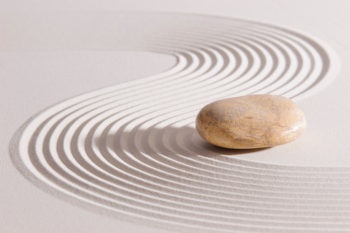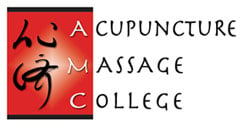 You have probably seen a classic Yin and Yang symbol before. It looks like two elongated teardrops — one black, one white — nestled within a circle. Each has a dot of the opposite color in the head of the teardrop. Yin and Yang are fundamental concepts in the philosophy of traditional Chinese medicine. References to Yin and Yang date back to 700 B.C.E. in the book I Ching, according to the Traditional Chinese Medicine World Foundation.
You have probably seen a classic Yin and Yang symbol before. It looks like two elongated teardrops — one black, one white — nestled within a circle. Each has a dot of the opposite color in the head of the teardrop. Yin and Yang are fundamental concepts in the philosophy of traditional Chinese medicine. References to Yin and Yang date back to 700 B.C.E. in the book I Ching, according to the Traditional Chinese Medicine World Foundation.
What are Yin and Yang? Yin and Yang are meant to represent everything in the universe and exist in balance as complementary, but opposite, elements. To deepen your understanding of the concepts of Yin and Yang, it helps to learn about their four aspects.
The four aspects
The four aspects of Yin and Yang may seem at odds with one another until you learn a little bit more about how they play into the philosophy of Chinese medicine. Yin and Yang are:
- Opposites
- Interdependent
- Mutually consuming
- Inter-transformative
Yin and Yang complement and balance each other via these aspects, which define the relationship between them. Read more to learn about each aspect.
1) Opposition of Yin and Yang: Think of Yin and Yang as the opposite stages of a cycle or of states of being. For example, think of water — Yin is relative to steam, while Yang is relative to ice. Their relationship to each other is also relative — you can only think of one in relationship to the other.
2) Interdependence of Yin and Yang: Yin and Yang are opposite, but that means they are also interdependent. One cannot exist without the other. Additionally, nothing in the universe is totally Yin and nothing is totally Yang.For example, there is no day without night. Think of the two elements as constantly transforming into one another.
3) Mutual consumption of Yin and Yang: When either Yin or Yang falls out of balance, they affect each other. That means they change their proportion and relationship to one another to achieve a new balance.
There is normally a harmonious balance of Yin and Yang. However, they weaken — or consume — one another when they fall out of balance. These are the four states of Yin and Yang imbalance:
- Preponderance or excess of Yin
- Preponderance or excess of Yang
- Weakness or deficiency of Yin
- Weakness deficiency of Yang
4) Inter-transformation of Yin and Yang: Yin and Yang have a dynamic relationship. Don't think of the two elements as static — they transform into each other. The transformation is not random; it occurs at the right exact moment. Think of how spring arrives when winter is over as a way to understand the idea. Or think of how day transforms into night.
More about Yin and Yang
Yin and Yang are two halves that make a whole, or that create wholeness. They are constantly achieving a new state of balance. Yin and Yang also have associations with various other worldly elements like heat, ice or steam. Or concepts like youth, age, lightness, darkness and so on.
The concepts of Yin and Yang are extremely important in understanding the philosophy of traditional Chinese medicine, and inform how practitioners make diagnoses and what healing techniques are employed.
For information about AMC’s Oriental Medicine and Massage Therapy programs you can email our admissions department.

 (305) 595-9500
(305) 595-9500







